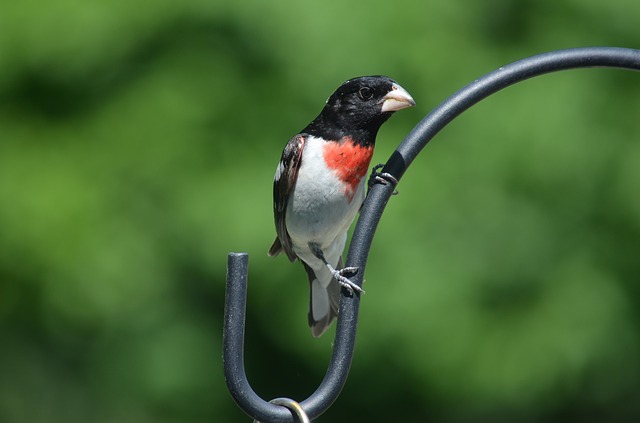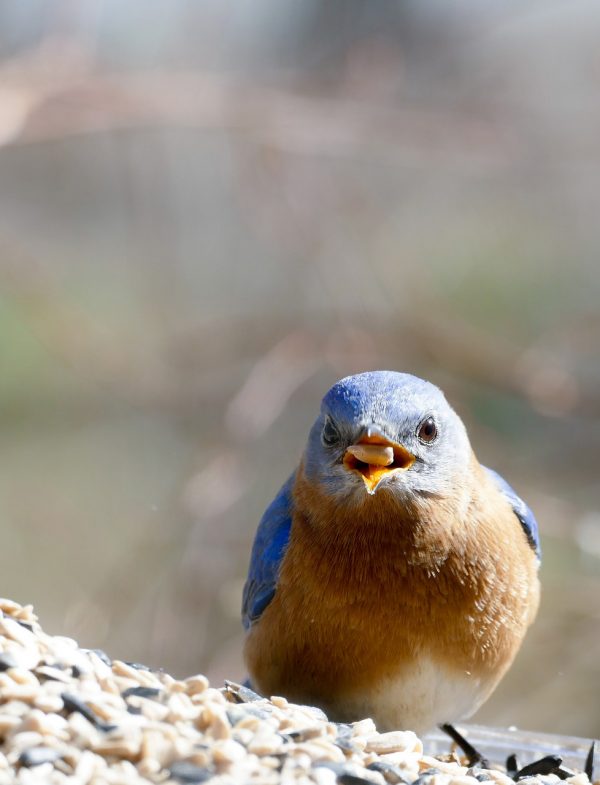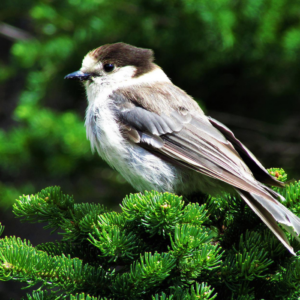Spring Bird Feeding: Tips And Tricks To Get Birds Into Your Backyard!
Why Feed Wild Birds?
Spring can be a stressful time for migratory birds, after arriving from their wintering grounds it can be difficult to find the food and resources they need to survive. Many of the berries and seeds these birds depend upon for food will have been eaten over the winter and will not have begun to grow back yet. Furthermore, these birds will also be attempting to build nests, fight for territory, find a mate, and incubate their young. This is no small task due to natural bird habitats are being destroyed by urban and industrial development projects as well as climate change.
 Preparation
Preparation
While well-constructed bird feeders are not necessarily required to feed birds, without one the food you leave out may attract unwanted animals such as squirrels or dominant birds such as starlings, grackles, and squirrels. If you already own a bird feeder, make sure to clean it of any feed from the last season to avoid any mold or possible parasite growth within the feeder.
Be aware of what birds occupy your neighborhood to help you select the best ingredients and location for your feeder. Sometimes changing the location can attract or discourage certain animals and species of birds from stealing from your feeder.
If you do not own a bird feeder but would like to purchase one, links to purchase high quality bird feeders can be found here and here.
Feeding
The most important part of feeding birds is the mix of ingredients you use to attract them. Many commercial bird feeder mixes can often be ineffective in enticing more desirable bird species. Products that birds find undesirable such as milo are used to fill up these mixes, resulting in birds picking through the mix, creating a mess bellow the feeder. This mess can often attract unwanted animals or form a sludgy mixture that can make birds sick, depending on the ingredients used.
Ingredients for Feeder

Sunflower Chips: These unshelled sunflower seeds are great for attracting bug-eating birds like robins, warblers and tanagers before bugs resurface for the summer. Also good for attracting Chickadees, nuthatches, house finches and cardinals.
Safflower: With its hard-thick shell it can be hard for some birds to consume this seed. It is however, a favorite of chickadees, doves, and sparrows. According to some sources, house sparrows, European starlings and squirrels do not like safflower. Results may vary according to area.
Millet: Millet is a common grain that is very popular among ground-feeding birds such as sparrows, doves and cardinals. As this grain is most popular with ground feeding birds, it may be beneficial to serve this from a low-set tray feeder to attract more birds.
Peanuts: Peanuts are an impressive source of nutrition for birds such as blue jays, chickadees, and woodpeckers. Unfortunately, they may also attract unwanted animals such as raccoons and squirrels.
Mealworms: Mealworms are a great way of attracting bug-eating birds such as blue jays, robins, Wrens, Warblers and Mocking birds
Suet: Suet can attract all manner of birds on cool spring days. It is a high-energy food made with the fat found around the kidneys and loin of cattle or sheep designed to keep the stomach of birds full and warm throughout the winter. While suet can spoil quickly in the warmer weather, there are a number of alternative recipes to prevent it from melting that can be found here as well as here.
Nectar: Though humming birds require specialized feeders, you can attract them by providing them with homemade nectar, the recipe for which can be found here.



